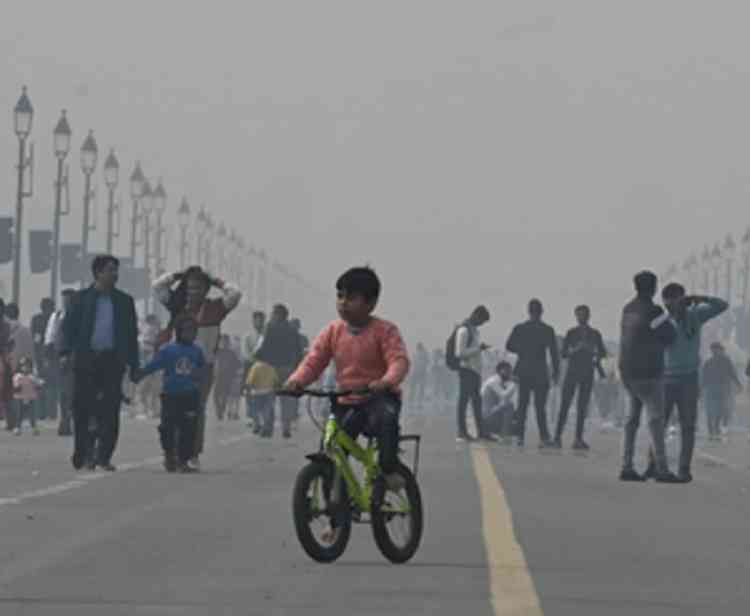Delhi's winter puzzle: Maximum temperatures plunge below norms, minimums defies winter chill!
As winter tightens its grip on the city, Delhi resident are experiencing an unusual weather phenomenon where the maximum temperatures are consistently falling below the season's normal, while the minimum temperatures appear to resist the declining trend.

New Delhi, Jan 2 (IANS) As winter tightens its grip on the city, Delhi resident are experiencing an unusual weather phenomenon where the maximum temperatures are consistently falling below the season's normal, while the minimum temperatures appear to resist the declining trend.
According to the latest observations from the India Meteorological Department (IMD), this peculiar weather pattern can be attributed to feeble Western Disturbances and the formation of an inversion layer.
The maximum temperature for Delhi on Tuesday was recorded at 17.2 degrees Celsius, marking a deviation of two notches below the seasonal average. Conversely, the normal minimum temperature stood at 8.3 degrees, a notch above the seasonal average.
Meteorologists note that this deviation is not in line with the typical winter weather trends seen in the region.
An IMD official said that every year brings unique weather conditions, and the current scenario is distinct from the previous year.
Contrary to January 2023, where Delhi witnessed eight instances of cold wave conditions, experts predict that there is minimal likelihood, at least for the next week, of a significant drop in minimum temperatures or the onset of a cold wave.
December 2023 marked the warmest last month of the year in six years for the city, with an average maximum temperature of 24.1 degrees Celsius and an average minimum of 8.6 degrees.
Surprisingly, not a single cold-day condition or cold-wave day was recorded during the month.
The IMD official said that as we move upwards from the Earth's surface, temperatures generally decrease.
"Yet, in particular scenarios such as the presence of thick clouds or mist, an inversion layer forms, causing an unforeseen rise in temperature. This inversion phenomenon clarifies the elevation of temperature with height, going against the expected decrease," he said.
The official emphasised that the weather varies each year, influenced by factors such as wind patterns. He further said that the maximum and minimum temperatures in the first week of January are generally the lowest for the entire year.
--IANS
ssh/vd


 IANS
IANS 










